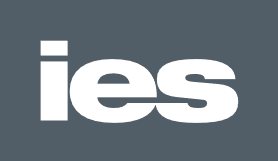When you’re undertaking a complex construction project, worker safety should be your number one priority.
That includes identifying and managing any risks early on to prevent accidents and injuries, putting in place measures to ensure worker safety and maintaining compliance with any legal requirements.
The Construction (Design and Management) Regulations, also known as CDM, came into effect in Great Britain in 1995, with the latest revision in 2015.
They function as a regulatory framework and a set of best practices to ensure businesses integrate health and safety throughout all phases of a construction project, from planning through to completion, as well as identify and mitigate risks to ensure worker safety.
And they’re relevant to people in a wide range of roles, including clients, designers, contractors and other relevant parties.
Here are the key points you need to know about CDM, who it applies to and why it’s important.
What Does CDM Cover?
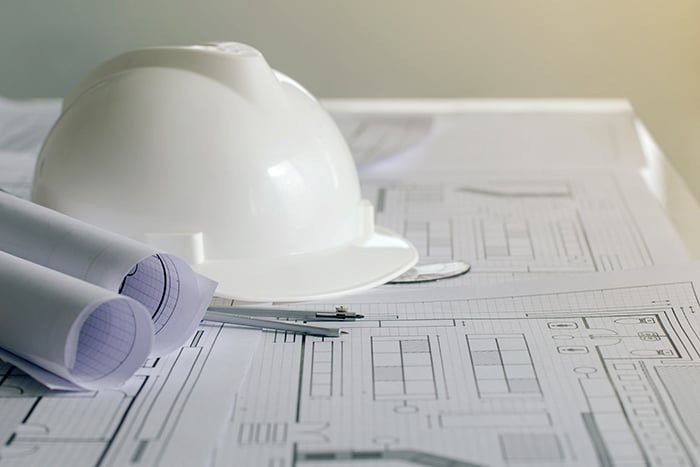 The CDM regulations apply across all phases of the project lifecycle, from planning through to completion.
The CDM regulations apply across all phases of the project lifecycle, from planning through to completion.
Pre Construction
This initial phase is where you layer the groundwork for a successful project.
CDM requires that you:
- Define clear project objectives, scope and requirements, including the project aims and demands, compliance and sustainability standards and resources and timelines required.
- Appoint a Principal Designer (responsible for ensuring health and safety are integrated into design and planning) and a Principal Contractor (responsible for coordinating health and safety efforts during construction), for projects involving more than one contractor.
- Identify potential risks associated with the project and establish rigorous risk management strategies and controls to mitigate them. This involves a thorough analysis of the work environment, materials, techniques and any other factors that could impact safety.
Design
The design phase is where you translate your requirements into a detailed blueprint for construction.
CDM requires that you:
- Coordinate your architects, engineers and other design professionals, so they can work together to create detailed, aligned and health-and-safety-focused drawings, models and technical documents to guide construction.
- Plan how health and safety relates to every single aspect of the project, from structural integrity and materials to electrical systems, plumbing, and environmental considerations.
- Conduct regular reviews to ensure the evolving project design continues to remain aligned with health and safety standards, project objectives and regulatory compliance. That way, you can address any issues early on and reduce the risk of any accidents.
Construction
This is where you carry out the work according to the approved designs, plans and specifications.
CDM requires that you:
- Ensure construction work strictly adheres to your designs, specifications and plans.
- Enforce robust health and safety measures on-site—from ensuring workers use appropriate personal protective equipment (PPE) and install the right safety signage to enforcing safe working practices. Your principal contractor plays a key role in this.
- Monitor your progress throughout, reviewing the work against your designs and making necessary adjustments where required.
Post Construction
In this last stage, you finalise your project documentation and review project success.
CDM requires that you:
- Complete and finalise all project-related documents, including construction drawings, specifications, changes made during the construction process, warranties and maintenance guides. You’ll need to keep these safe as a reference for future maintenance, renovations or legal compliance.
- Evaluate your overall project success, including team performance, communication and the quality of your finished product.
- Document the lessons and knowledge learned throughout the entire project lifecycle, including input from all designers, contractors, subcontractors and stakeholders involved.
Who Does CDM Apply To?
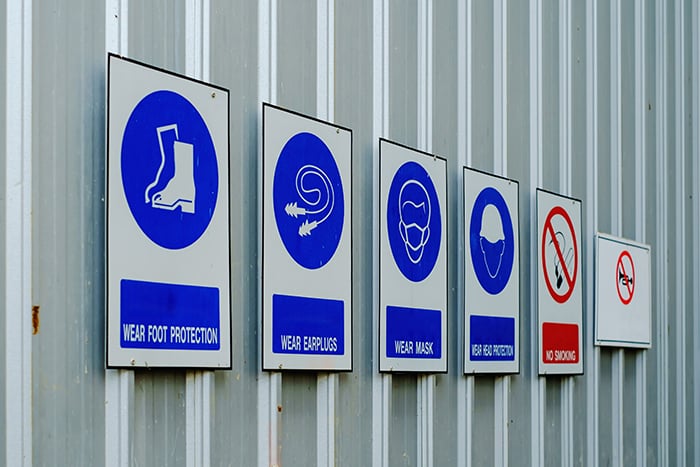
In one way or another, CDM applies to all the parties involved in your project. And it comes with different sets of responsibilities, depending on an individual’s role.
Here are six different project roles, and their key responsibilities under CDM.
1. Client
The client refers to the individual or organisation that has a construction project carried out for them. In this article, we refer only to commercial clients, where the project is undertaken for business reasons.
Under CDM, the client’s key responsibilities include:
- Setting project requirements and communicating expectations
- Appointing key project roles (such as the Principal Designer and Principal Contractor), ensuring they have the right competency, skills and experience
- Providing relevant information to all parties involved in the project, including information about the site, existing structures, and any health and safety hazards
- Allocating sufficient time and resources at all stages of the project
- Facilitating cooperation and communication between all project stakeholders
- Maintaining and reviewing the health and safety file
- Notifying the relevant authority if the project is scheduled to last longer than 30 days and has more than 20 workers working simultaneously at any point in the project, or exceeds 500 person-days
2. Designer
A designer is a professional who prepares or modifies designs for a building, product, or system relating to construction work.
It covers a range of titles and roles, including architects, consulting engineers, quantity surveyors and any other individuals who have a role in determining how a construction project is carried out.
Under CDM, the the designer’s key responsibilities include:
- Preparing or modifying designs for construction projects (or instructing others)
- Eliminating, reducing or controlling foreseeable risks in designs
- Providing information about risks in their designs that can’t be eliminated
- Communicating risks in their designs with other team members and how they can manage them
- Complying with technical standards and regulations
3. Principal designer
For projects involving more than one contractor, the client must appoint a Principal Designer to coordinate, plan and manage the pre-construction phase.
They can be an organisation or an individual with sufficient knowledge, experience and ability to carry out the role.
Under CDM, the the principal designer’s key responsibilities include:
- Planning, monitoring and managing the pre-construction phase, focusing on health and safety
- Coordinating designers and contractors and liaising with the principal contractor
- Providing relevant pre-construction information to designers, contractors and others involved in the construction phase
- Ensuring all designers comply with their responsibilities under CDM
- Preparing a health and safety file for the project
- Helping the client fulfil their responsibilities under CDM
4. Contractors
Contractors include all individuals or companies hired to carry out construction work.
This includes anyone engaged in the construction itself (including building, altering, maintaining or demolishing a structure), as well as those managing construction work (for example, site managers and builders).
Under CDM, the contractor’s key responsibilities include:
- Planning, managing and monitoring construction work
- Following health and safety and ensuring safe working conditions
- Complying with the construction phase plan
- Consulting and engaging with workers
- Providing their workers with information and training about the risks associated with their jobs and how to carry out work safely
- Cooperate with contractors, principal contractors and principal designers to ensure health and safety is managed across all aspects of the project
- Provide feedback on design-related challenges
- Record and report accidents
5. Principal contractors
Where a project involves more than one contractor, the client must appoint a Principal Contractor. The Principal Contractor is responsible for planning, managing and monitoring the construction phase to ensure it’s carried out safely and without risk to health.
Under CDM, the principal contractor’s key responsibilities include:
- Developing a detailed construction plan before the work starts
- Detailing how safety risks will be managed during construction
- Coordinating the activities of all contractors on site to prevent health and safety risks
- Providing a suitable site induction for all workers
- Ensuring all parties on site are following safe working practices
- Engaging workers in discussions on how to manage health and safety risks
- Taking appropriate steps to prevent unauthorised access to the site
- Managing site logistics
- Liaising with the Principal Designer to share relevant health and safety information
- Prepare and update the health and safety file
6. Workers
Workers refer to all individuals carrying out construction work.
Under CDM, a worker’s key responsibilities include:
- Following health and safety instructions and safety training procedures
- Reporting unsafe working conditions
- Participating in safety training and attending safety meetings
- Use work items provided for health and safety correctly, including PPE, tools and equipment
Why is CDM Important for Complex Engineering Projects?
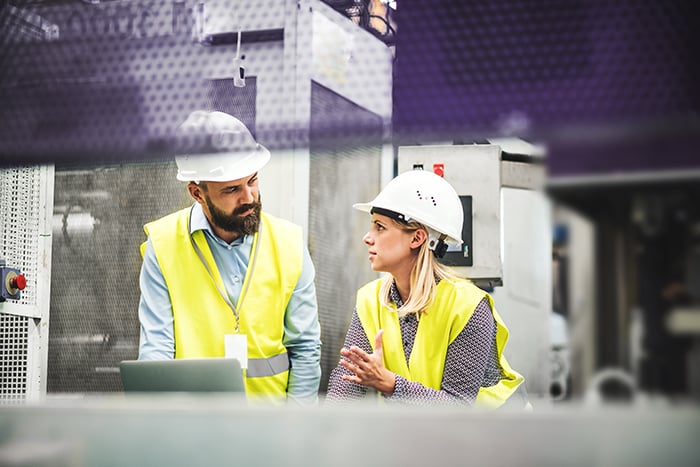 CDM is fundamental to the safety and overall success of your engineering project. Here are a few key reasons why.
CDM is fundamental to the safety and overall success of your engineering project. Here are a few key reasons why.
Risk management
Nobody wants to get injured on-site. CDM is crucial for identifying health and safety risks early on and putting in place the right measures to eliminate, mitigate or control those risks.
This not only minimises the risks of accidents and injuries, but also reduces the likelihood of unforeseen hazards causing significant project delays and setbacks.
Streamline project management
Complex construction projects require several different stakeholders to work together in total alignment.
CDM supports you in streamlining project management, establishing clear communication channels and responsibilities, and aligning all parties with project timelines and safety protocols.
Cost efficiency
When it comes to complex engineering projects, setbacks have costly consequences. For example, if you need to retrofit or modify a part of your project to address a safety issue identified during a later stage, this could set you back significantly in terms of time and cost.
CDM helps you identify potential design-related safety issues early on, so you can reduce the likelihood of needing to make any adjustments down the line.
Legal compliance
While adhering to and enforcing health and safety standards is part of your ethical responsibility to your workers, it’s also a legal requirement.
Failure to comply with CDM regulations can result in criminal prosecution, substantial fines and legal repercussions—not to mention, reputational damage.
Worker morale
Every worker deserves to feel safe on site. And knowing that you’re actively working to create a safe working environment for them positively impacts morale.
Workers who feel safe and confident that you’re prioritising their health and well-being are far more likely to be more productive, engaged and committed to the project.
Looking for Support with CDM?
Since 1991, we’ve been working on some of the world’s most complex engineering projects.
Our experts have considerable experience with construction phase planning and working under CDM, while have years of experience acting as the Principal Designer and Principal Contractor on multiple projects.
To learn more about how we can help, head to our Turnkey Equipment Relocations page here.
